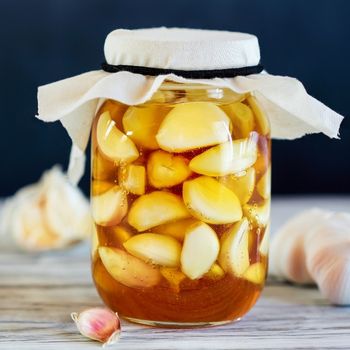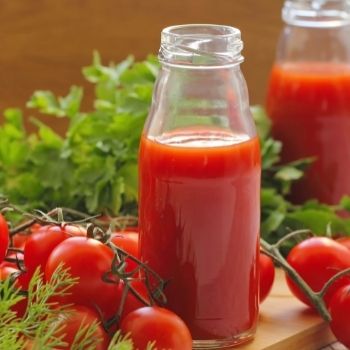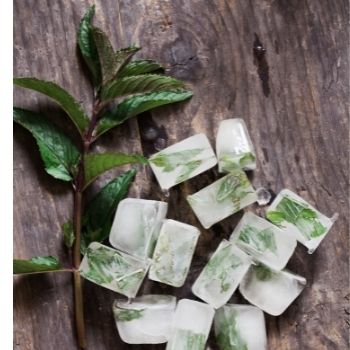One of the joys of growing herbs is their scent; basil, lemon balm and rosemary all have unforgettable perfumes that connect with my childhood memories, playing in Nana’s garden. There is nostalgia about many of these plants, which were popular in medieval times and beyond. Much of our herbal lore goes back to ancient times when they were the only available medicines.
Our cool climate garden makes it necessary to harvest the more tender herb varieties and preserve them for winter cooking, to liven up our casseroles and roasts with the reminder of summer. A few, such as pineapple sage, don’t accept the preservation idea very well and have to be left as a pleasing memory until the next season.
Basil, oregano, dill, sage and rosemary all dry well as do the leaves of the bay tree and lemon verbena. Bay and rosemary are evergreen and can be picked fresh from the garden but I always like to have some dried as well, literally for a rainy day. I usually have a small branch of bay and kaffir lime in the kitchen just to enjoy the smell; one or two bay leaves in a cupboard are a great way to discourage pantry moths and similar nasties.
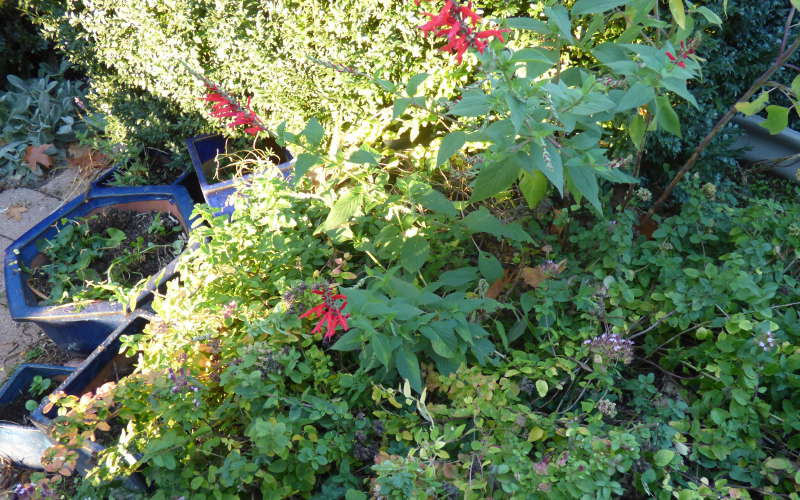
So, once the nights begin to cool and we begin to think about firewood and unpacking the quilts from upstairs I realise it’s time to collect and put away some of the scents and flavours of summer.
Mid-morning is a good time to harvest. The dew has dried but it is not yet hot enough for the plants to start releasing their essential oils into the air. Basil is quite sensitive to cooler nights so I pick that first, pulling it out and snipping off the roots. I leave a few of the more sheltered plants and try to give them a bit of cover for a week or two to prolong the joys of fresh pesto and Sicilian bread salad.
The plants are then laid on top of a cardboard box or a big cake rack in a cool dry place. Another good idea is to put them on one of those sweater racks that have a fine mesh cover, so the air can circulate. Always make sure the plants are dry to avoid mould. Once the leaves start to crumble I strip the stalks, let them dry for a day or two more and then put the leaves in glass jars that are kept in the cupboard away from the hot stove. If you want a fine product just rub the leaves between your palms.
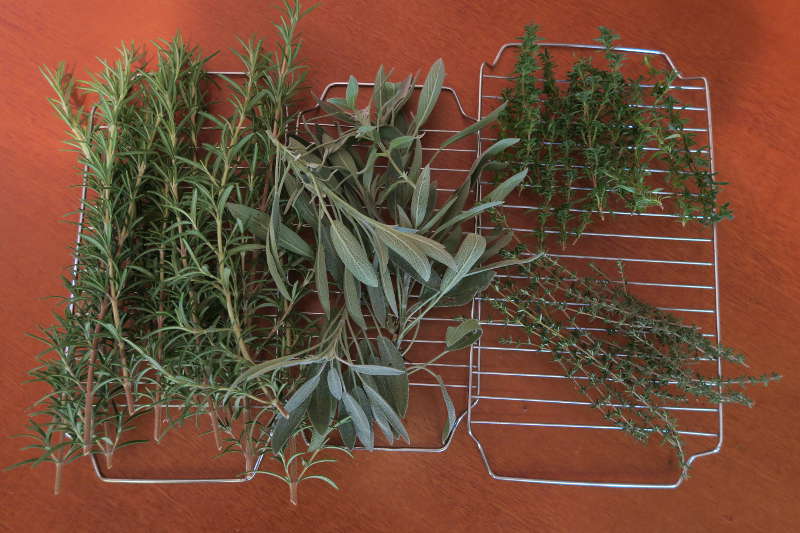
Sage, dill, oregano, tarragon, thyme and rosemary are all processed this way. Thyme in particular will survive the winter as can oregano and of course rosemary, so snip these off rather than pull out the whole plant. Dried rosemary leaves can be quite sharp in your mouth so I usually chop these and spread them out for drying. It is also a good idea to grow enough dill, coriander and parsley in order to collect the seeds for cooking as well as drying the fronds. Nothing beats an Indian curry made with freshly ground coriander seed.
Another drying method is to tie the plants loosely in bundles no thicker than your wrist using kitchen string, then hang them up in a cool, dry place for a week or so. We have some hooks in the beams above the fireplace and this is an ideal area to leave your treasures for a few weeks. Always make sure other people in the house know what’s going on so a housemate doesn’t accidently toss your winter supplies out!
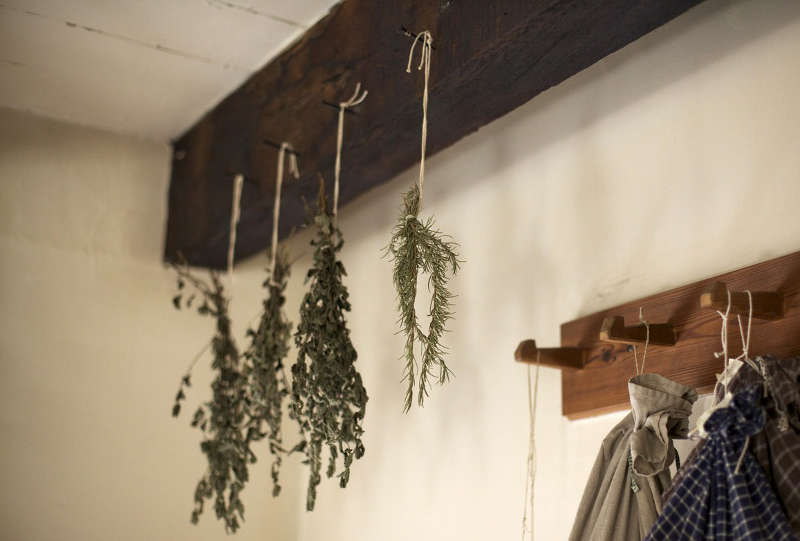
Some plants such as parsley, chives and coriander don’t dry well; it’s a matter of personal taste but the dried version is a shadow of the fresh plant. You can usually keep some pots in sunny place in the kitchen, these can last most of the winter. Parsley can be reasonably frost hardy outside as well. If you have had a favourite parsley plant for a year or two and then it dies, it’s all part of Nature; it’s a biennial plant and it grows, seeds and dies within two seasons.
Pick a sunny morning, take a basket and enjoy saving the flavours of a summer past. These herbs can be used to flavour your winter and as a reminder of the lush gardening season to come.
Written by Colleen Keenan
Photo #1 by Vanessa Keenan



